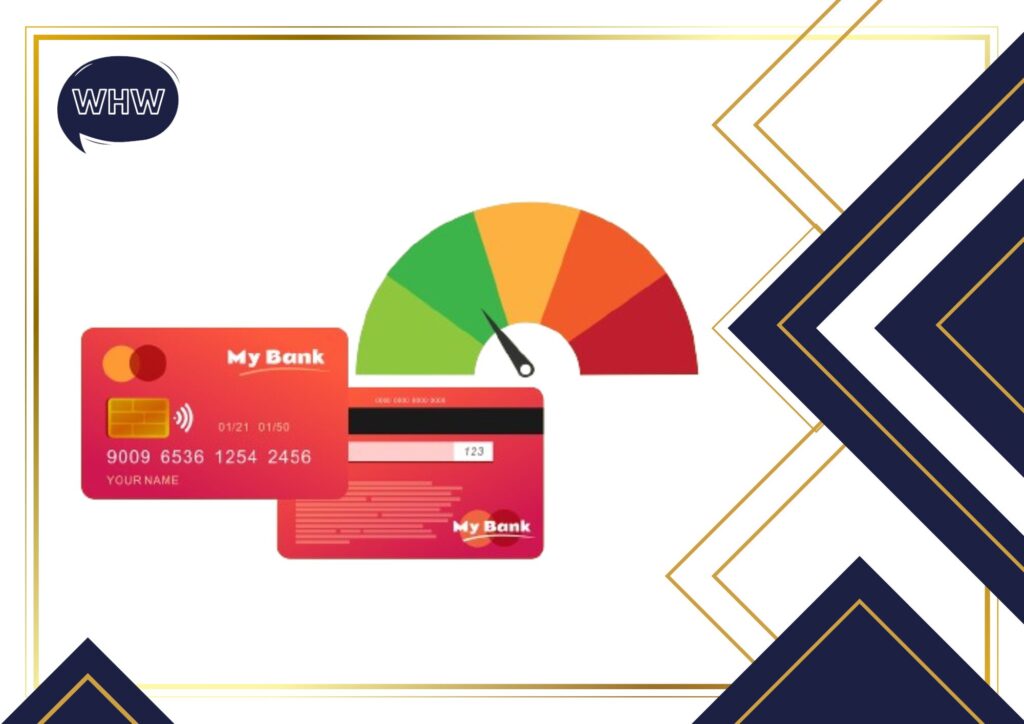What is a good credit score?

Have you ever wondered why your credit score matters so much, or what it really says about you financially?
It’s not just a number that follows you around—it’s a reflection of your financial habits that can open doors to new opportunities or keep them firmly closed.
In this article, we’ll explore the essentials of what is a good credit score, the different credit score ranges, and the specifics of the FICO score range.
With a clearer understanding of these concepts, you’ll be better equipped to enhance your financial standing and navigate the complexities of credit with confidence.
Let’s start this journey together, simplifying the sometimes-confusing world of credit scores.
What is a good credit score?
A good credit score isn’t just a random number, it’s a key indicator that lenders use to determine your financial reliability.
But what does a “good” score actually look like? Generally, a score ranging from 670 to 739 is considered good according to the FICO score range.
This range signals to creditors that you’re a responsible borrower with a relatively low risk of defaulting on your debts.
Having a score within this bracket can significantly ease your financial life. It can qualify you for lower interest rates on loans and credit cards, reduce security deposits on utilities and rentals, and even influence the insurance premiums you pay.
Simply, a better score can mean less money spent on interest and fees, and more savings for your financial future. By understanding and striving to reach or maintain a good credit score, you’re setting yourself up for stronger financial health.
Credit score ranges
Understanding credit score ranges can feel like decoding a secret language, but it’s crucial for grasping how lenders view your financial behaviours. Credit scores typically fall between 300 and 850, a spectrum that’s divided into several key categories, each representing a level of creditworthiness.
- Exceptional 800-850: Achieving a score in this range is a sign of excellent financial health. Borrowers with scores in this tier are often offered the most favourable terms, including lower interest rates and higher credit limits.
- Very Good 740-799: Scores in this range are also highly favourable. Consumers can expect better-than-average interest rates from lenders, indicating lower risk.
- Good 670-739: This is considered the average range and demonstrates to lenders that you are a dependable borrower with a relatively low risk of defaulting on loans.
- Fair 580-669: Scores in this bracket are below the average credit score and might lead to higher interest rates. Borrowers here are seen as subprime and could face slightly stricter lending conditions.
- Poor 300-579: This range is seen as high risk. If you fall into this category, you may find it difficult to secure credit and, if you do, it will likely come with high interest rates and low borrowing limits.
To help visualise these distinctions, consider a credit score chart that plots these ranges. Such a visual can clarify where you stand and what steps you might need to take to improve your score.
Whether you’re just starting to build credit or are working on improving a lower score, understanding where you fit within these ranges can help you plan your financial strategies more effectively.
Credit score scale and average credit score
In the US the average credit score has been on the rise, reflecting improving financial habits among Americans. The average is currently approximately 716.
This uptick suggests that more people are managing their debt responsibly, leading to higher scores overall.
Understanding where you stand in relation to this average can give you insights into your financial health and motivate you to either maintain your good habits or take steps to improve your score. By aiming above this average, you position yourself better for financial opportunities and lower interest rates.
Achieving the highest credit score
Reaching the highest credit score of 850 symbolises impeccable financial management. This pinnacle score requires consistent, excellent credit habits. Key strategies include always paying bills on time, maintaining low credit utilisation ideally under 30%, and managing a diverse mix of credit accounts wisely.
Regularly checking your credit report for inaccuracies and promptly addressing errors is also vital.
Sustaining such a high score unlocks favourable loan terms, minimal interest rates, and optimal credit opportunities, reflecting your reliability and financial discipline over time.
Practical tips on how to improve credit score
Improving your credit score is not just about boosting a number—it’s about enhancing your financial reputation and unlocking better opportunities.
Here are practical strategies to effectively raise your credit score:
- Pay your bills on time: This fundamental practice. Timely payments contribute significantly to your credit score, accounting for 35% of your FICO score. Set up reminders or automatic payments to never miss a due date.
- Reduce your credit utilisation: Aim to use less than 30% of your total credit limit across all accounts. Lower utilisation rates suggest to creditors that you manage credit well, which can positively affect your score.
- Keep old accounts open: The age of your credit accounts influences your score by showing a longer credit history. Avoid closing old credit cards, even if you’re not using them frequently, as long as they don’t carry high fees.
- Limit new credit inquiries: Each time you apply for credit, a hard inquiry is made, which can lower your score slightly. Apply for new credit sparingly, and try to do so only when necessary.
- Regularly monitor your credit: Check your credit reports from all three bureaus at least annually for errors or possible fraud. Dispute any inaccuracies to ensure your record remains clean and your score isn’t unjustly penalised.
- Diversify your credit mix: Having a mix of instalment loans like auto loans or mortgages and revolving credit such as credit cards can show that you are capable of managing different types of credit responsibly.
By implementing these steps, you can gradually and effectively improve your credit score, leading to better financial health and access to more advantageous credit offers.
Tools and resources
Effectively monitoring and managing your credit scores is essential for maintaining financial wellness. Here are some valuable tools and resources to help you check your credit score and stay on top of your credit health:
- Annual Credit Report: A federally authorised website for free credit reports. You can obtain a free credit report from each of the three major credit bureaus—Equifax, Experian, and TransUnion—once per year.
- Credit Karma: Offers free access to your credit scores and reports from TransUnion and Equifax, along with personalised advice on how to improve them.
- MyFICO: Provides detailed information on your FICO scores for a fee. This service also includes monitoring and alerts on changes to your credit reports.
- Credit Card Issuers: Many credit card companies provide free credit score monitoring and reporting as a part of their customer service offerings. Check with your credit card issuer to see if this feature is available.
These resources can help you understand your credit status, monitor changes, and identify opportunities to improve your credit score. Regular checks and proactive management are key to maintaining good credit health.
Conclusion
Understanding credit score ranges and managing credit scores is crucial for financial health. Educate yourself continuously and monitor your scores to ensure you’re always on track.
Stay proactive by regularly checking your FICO credit score. Consider subscribing to a credit monitoring service to receive timely updates and actionable tips to enhance your credit status.
Related content

Saving or Investing: Which is the Best Option?

The U.S. Dollar A Journey Through Its History

How Financial Education Can Help Avoid Excessive Debt

What is Revolving Credit?

How to Set Financial Goals for the Future
